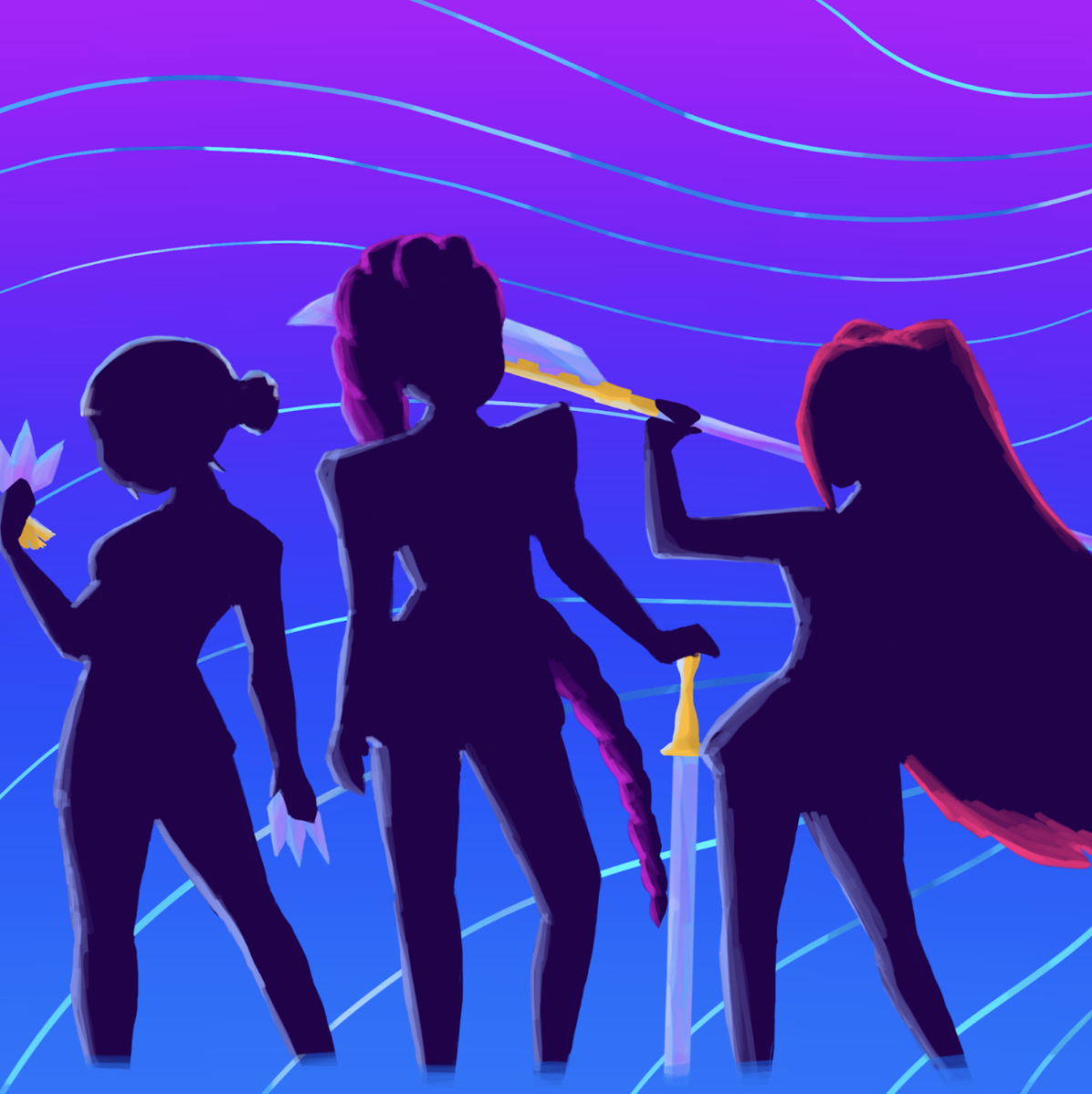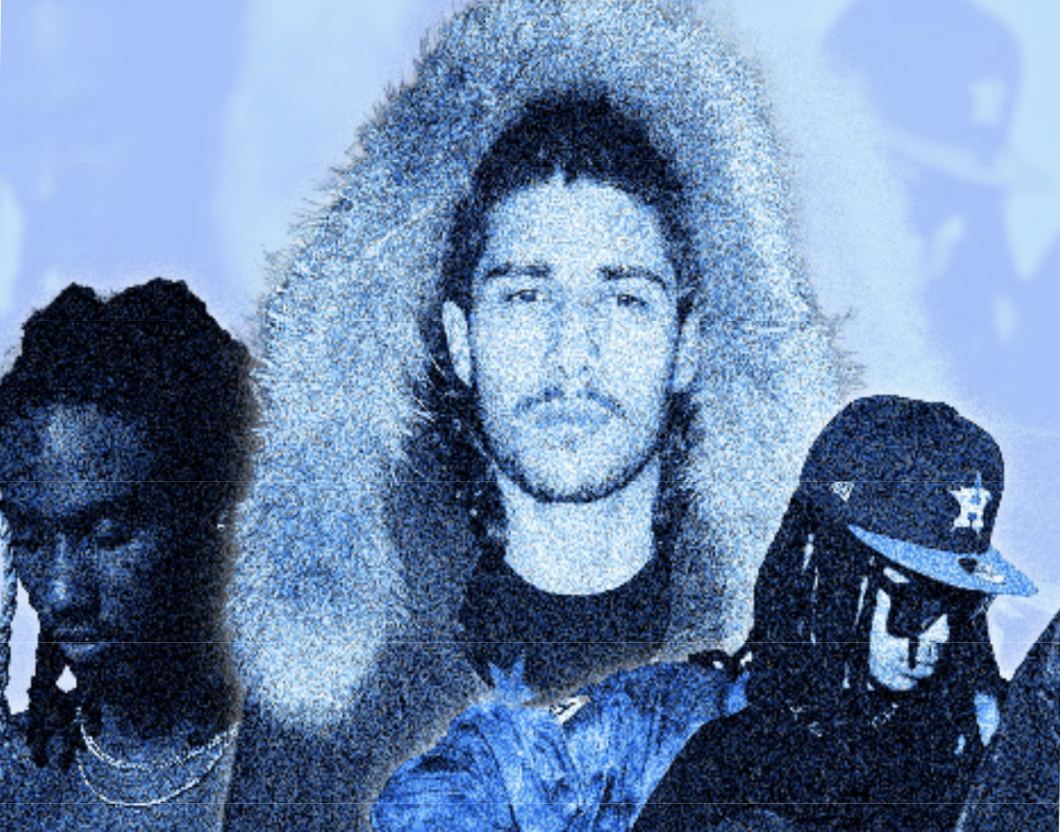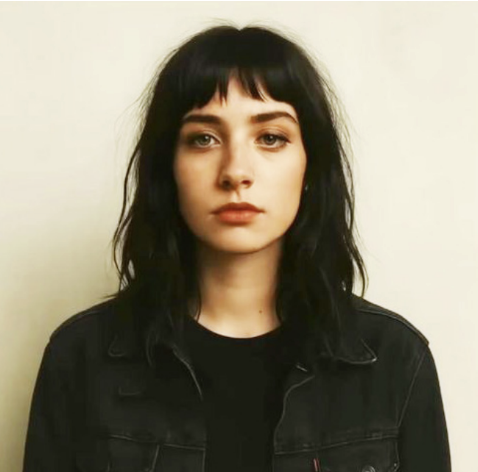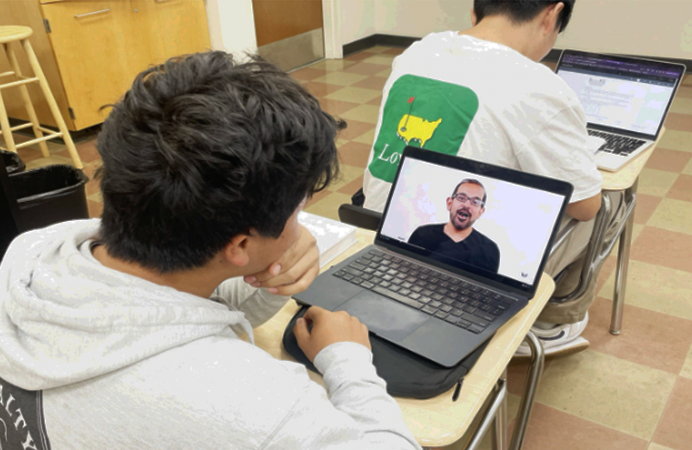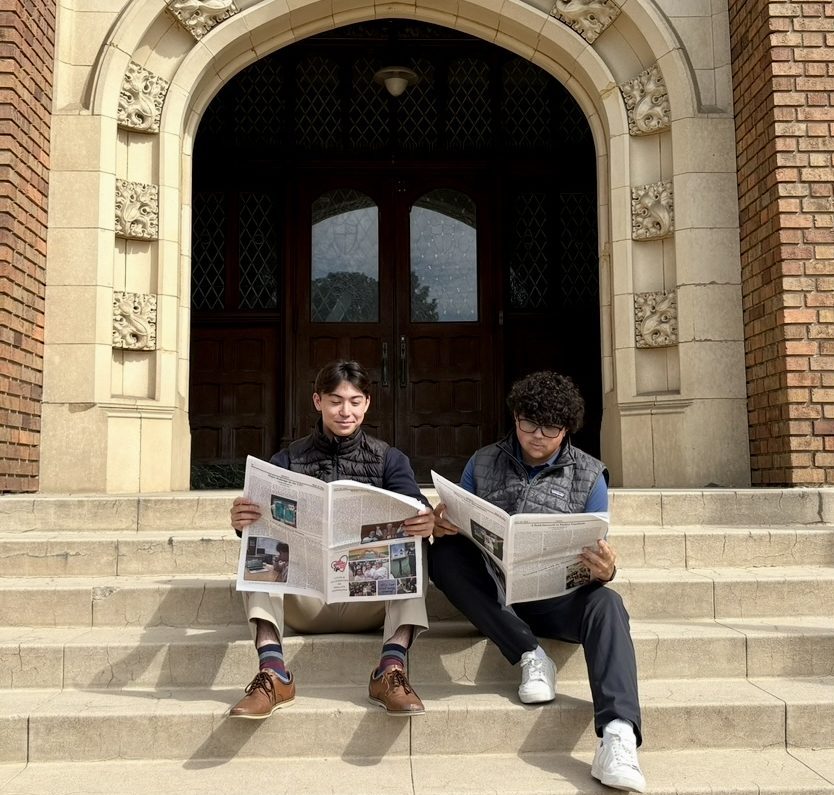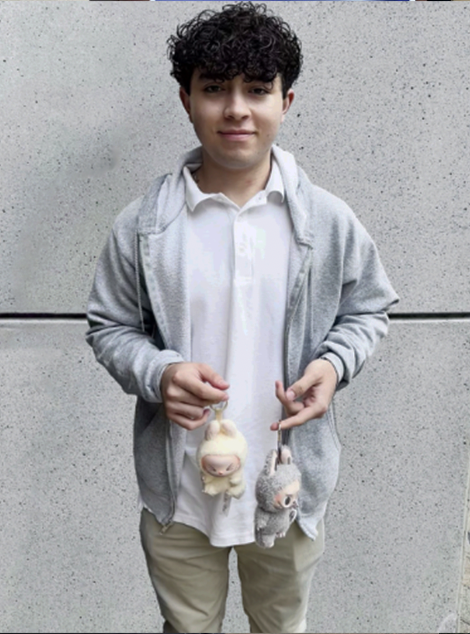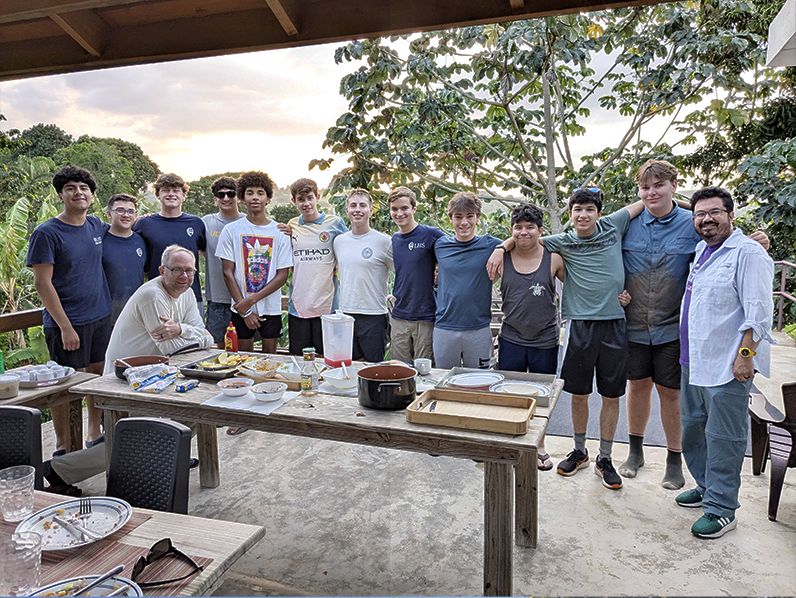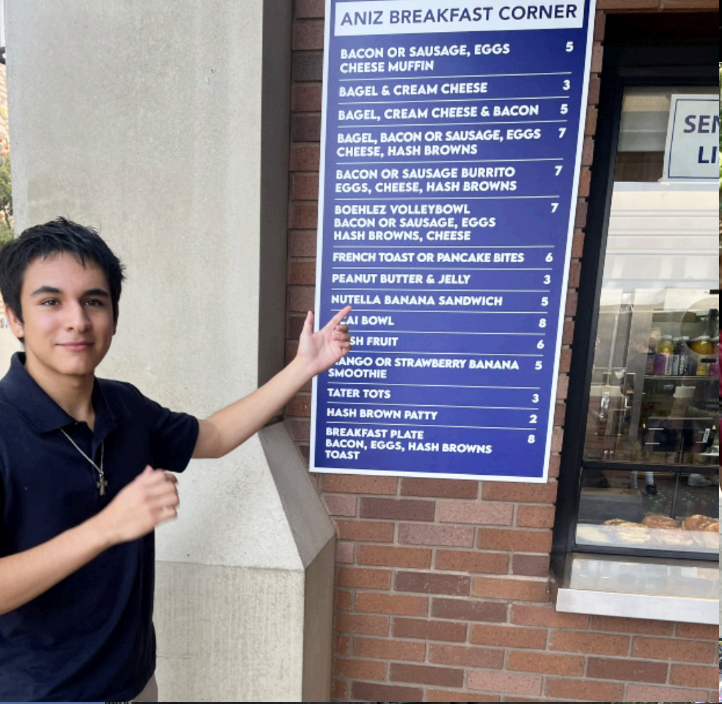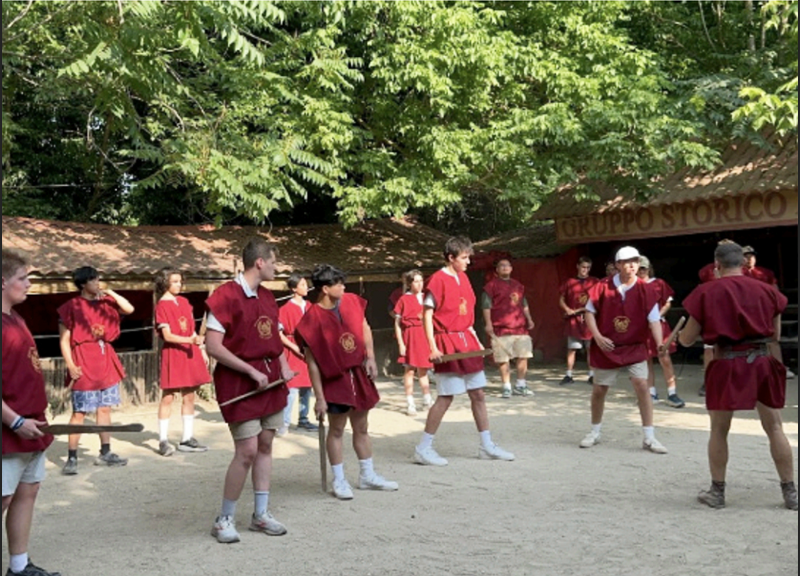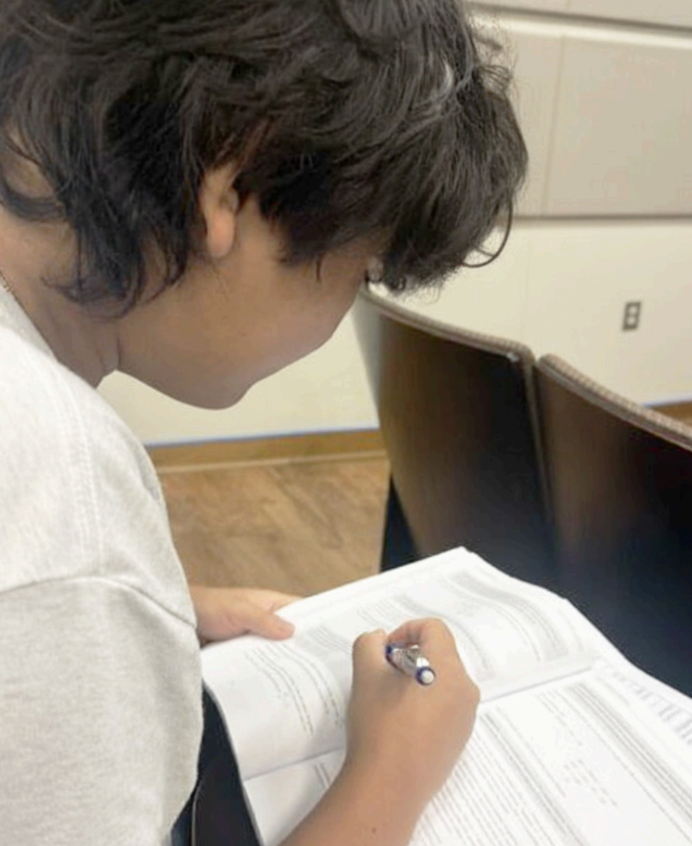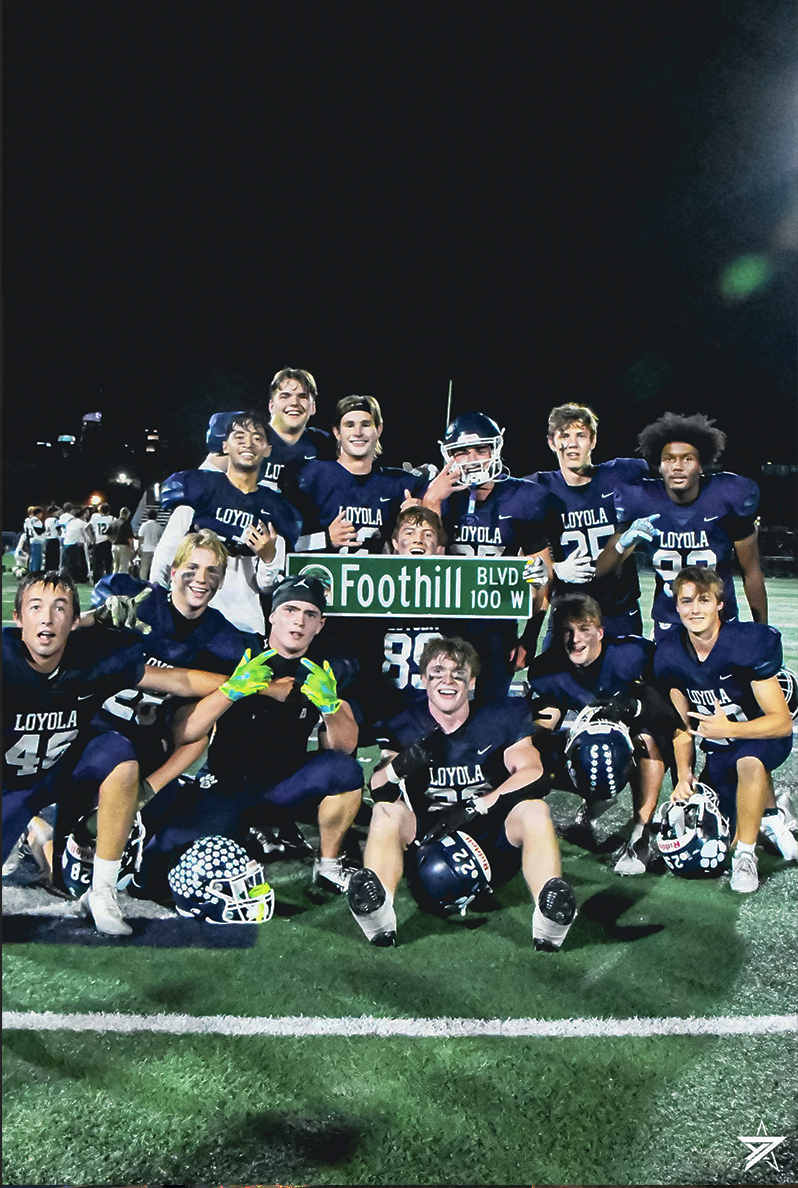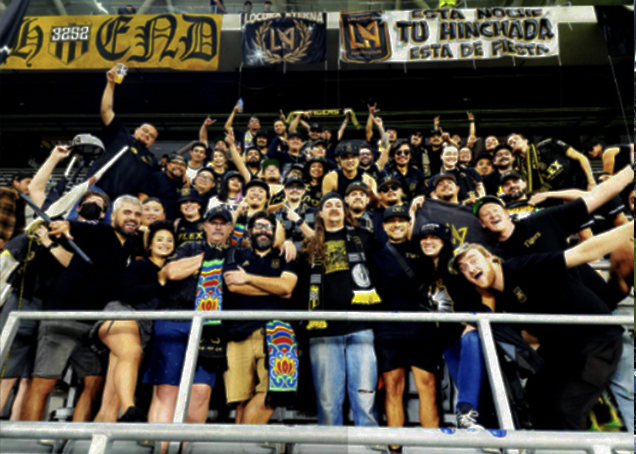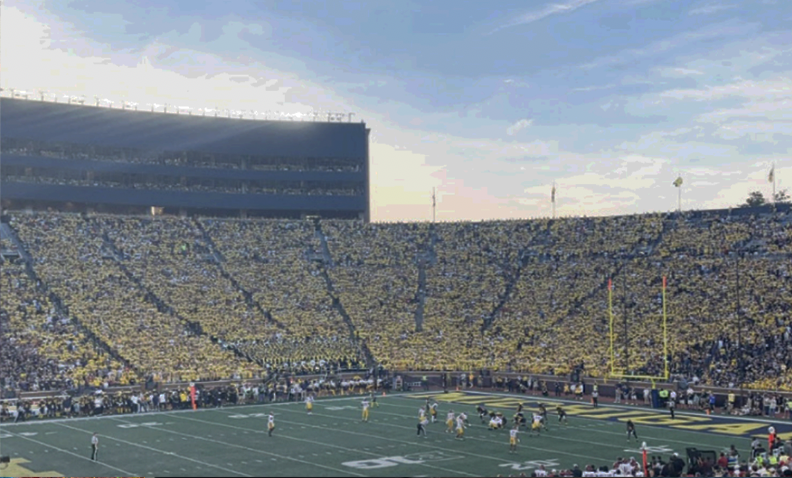Ever since Sony released Spider-Man: Into the Spider-Verse, the company has been going strong with every movie, and K-pop Demon Hunters is no exception. With incredible art style and relatable comedic moments, it is clear that the studio has put much love and effort into producing this movie. Along with the comical scenes, the catchy music drew in a large crowd of watchers that spread the movie to many young Gen Z’ers and children in Generation Alpha.
Moreover, this new hit on Netflix has surged on the internet by being the first movie that encompasses the true competitive nature of being a K-pop star, but also shows the broader framework of Korean culture alongside mythology, folklore and common life.
Beyond the amazing animation and comedic scenes, K-pop Demon Hunters highlights the struggles and challenges of stardom that all K-pop stars face to be the most famous group in Korea.
This gets narrated through Huntrix’s struggle to beat the Saja Boys, their rival K-pop group composed of demons. Through the back-and-forth in song production and the creation of concerts and dance moves between the two groups, the movie accurately portrays the resilience and determination required to be a K-pop star.
Not only does the movie expand on how difficult life is as a K-pop star, but it also touches on various aspects of this life. Through scenes of Huntrix constantly having to hide their hunter side in public, as well as the constant emotional and mental hardships, the movie emphasizes the restrictiveness of K-pop culture on performers.
This is further highlighted through Rumi’s, Huntrix’s leading performer, internal strife, as she deals with the harsh dilemma of keeping her secret identity of being a demon from her closest friends, but also faces internal battles against the weight of disappointing others.
As the movie sheds light on the hardships of stardom, it gives the audience a deeper understanding that behind the glamorous celebrity life of K-pop stars is a pathway through hardship. In spite of this, the movie also does well in showcasing Korean culture and daily life.
As Tyler Conti ‘27 remarks: “I was expecting mostly action and fighting throughout the movie, hinted by ‘hunters’ in the movie title; however, I was instead met with a genre of pop culture that I have never experienced before.”
The key takeaway from the film is the mythology and folklore present, which play a major role in representing Korean culture. Traditional Korean shamanism is represented through the Huntrix group as mudang in Korean folklore, Korean shamans who function as mediums and protect against evil deities. This traditional element is displayed through their role in protecting people from demons, which helps to represent and bring a new perspective of Korean culture to a mainly Western audience.
Caden Lee ‘27, a Korean student, comments on Korean representation in the film, saying that he appreciated the “culture and mythology” displayed in K-Pop Demon Hunters. He went on to add, “this movie is not just an art of animation; it is a cultural milestone.”


